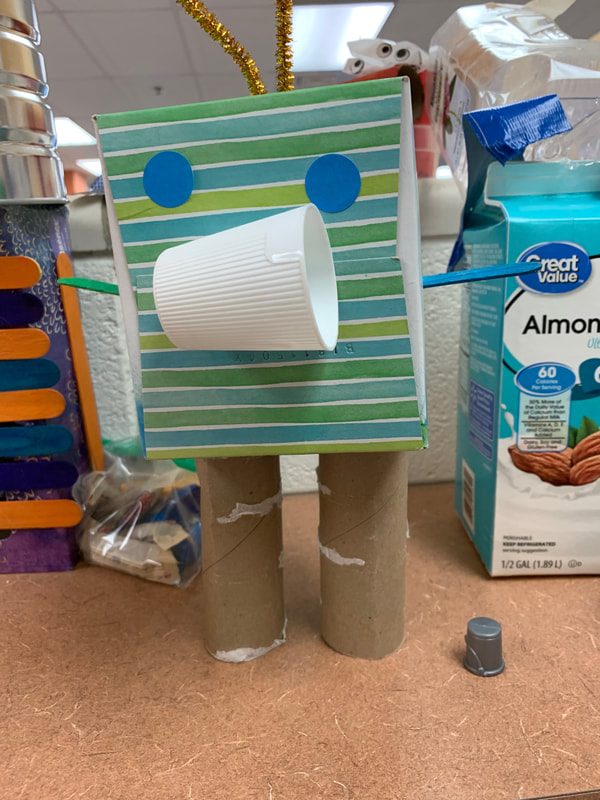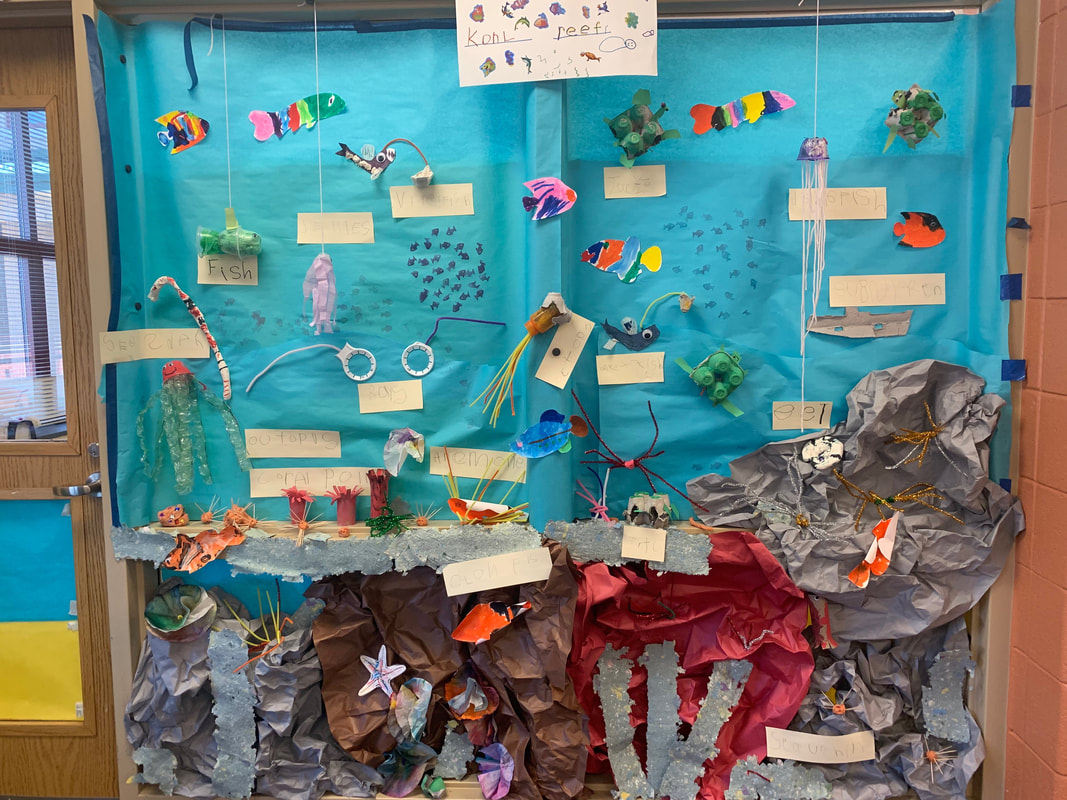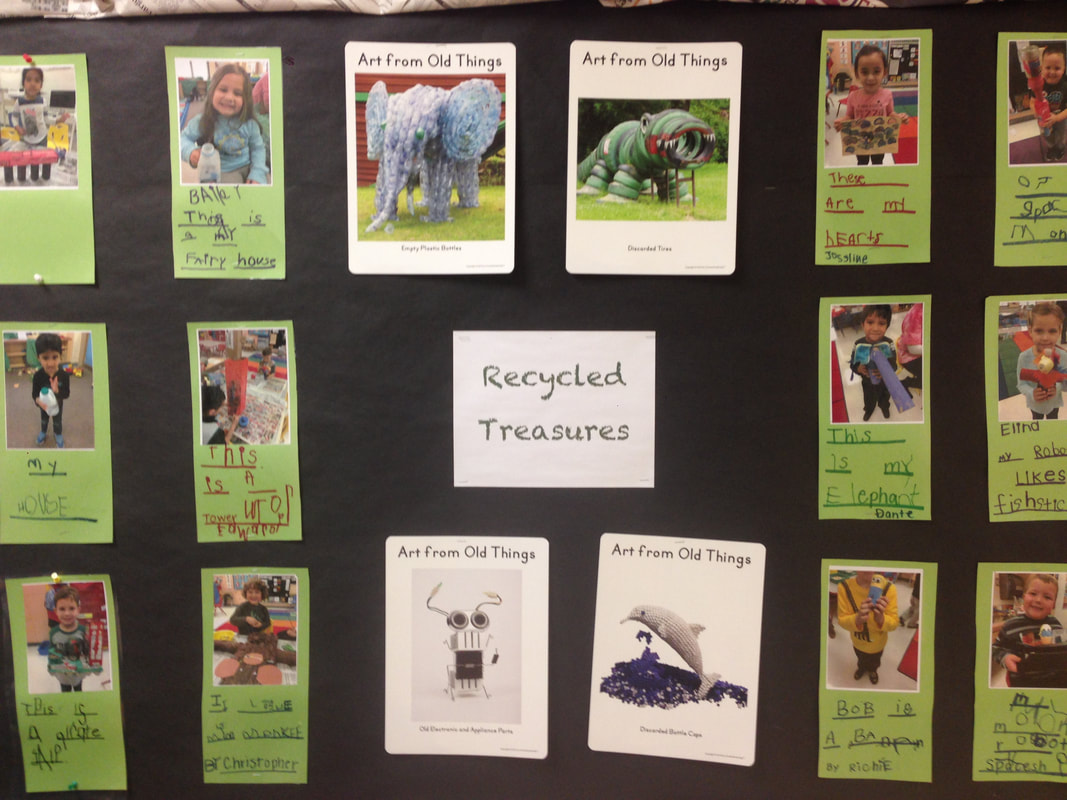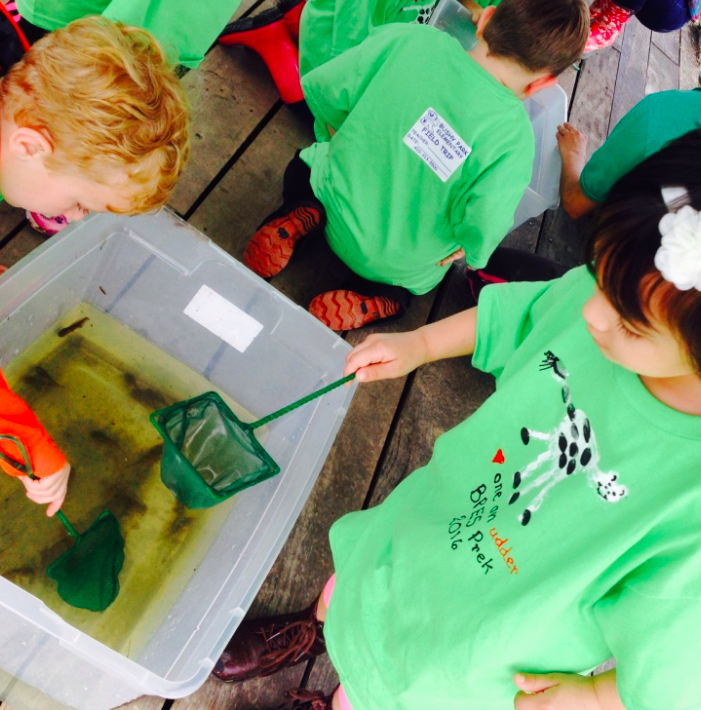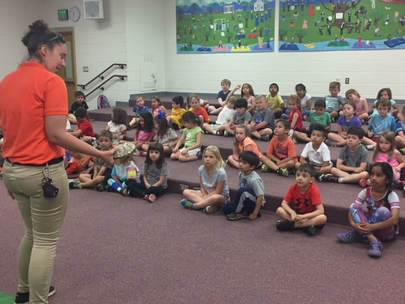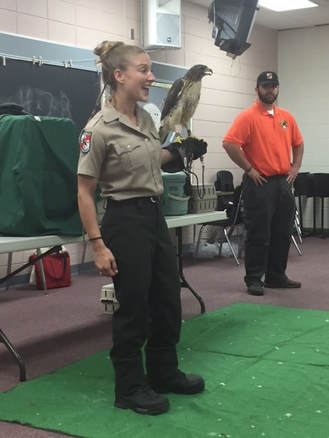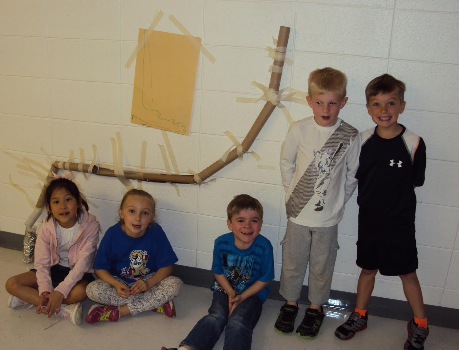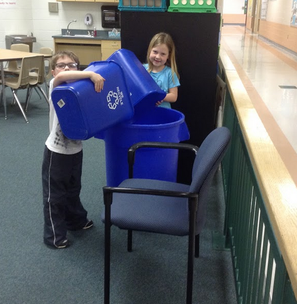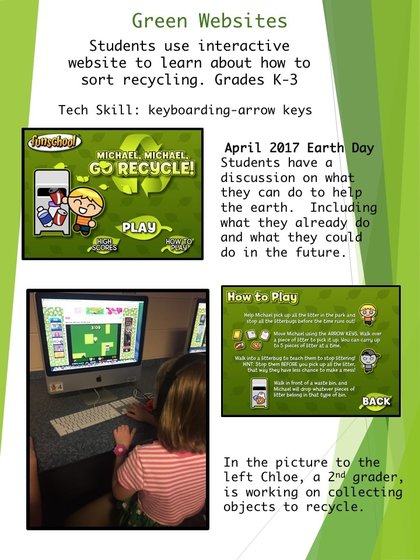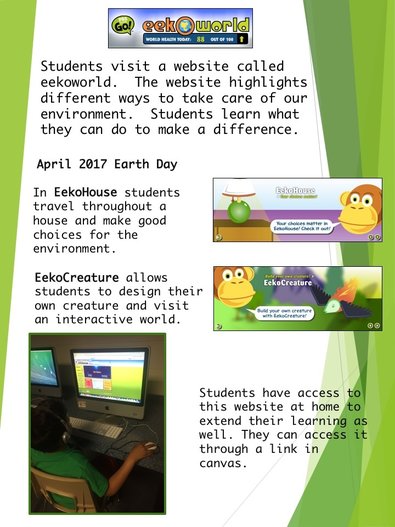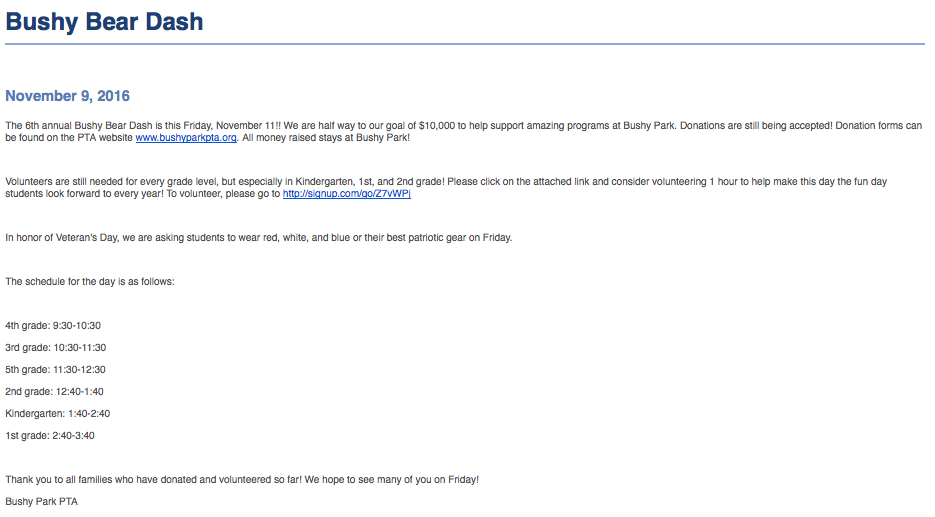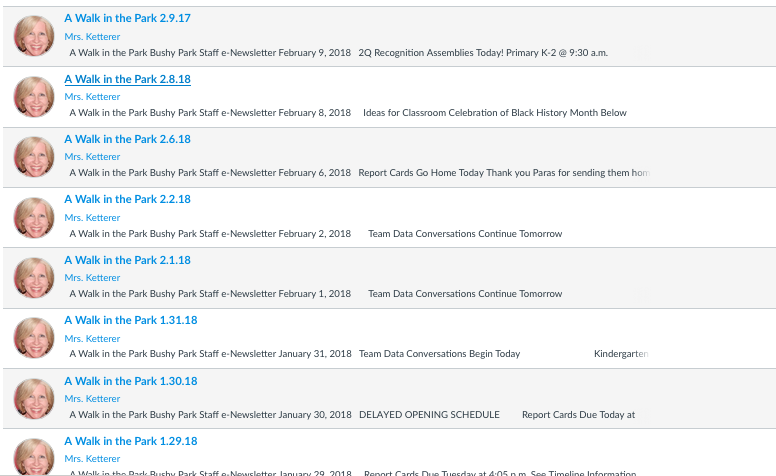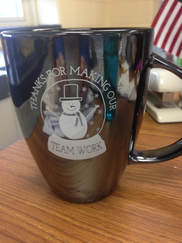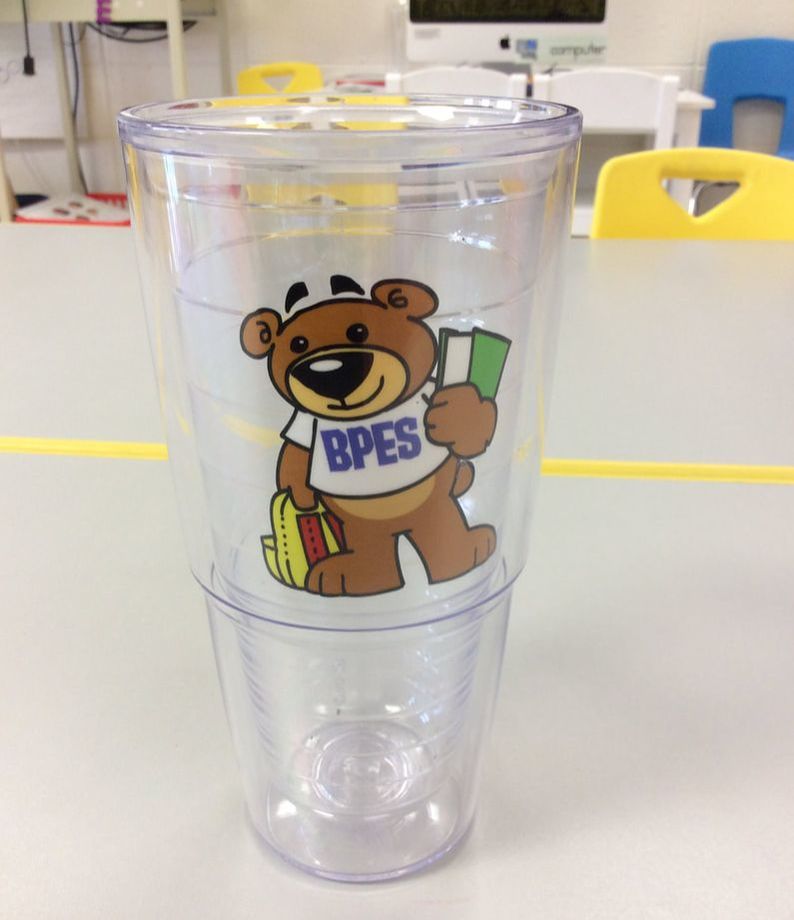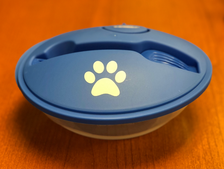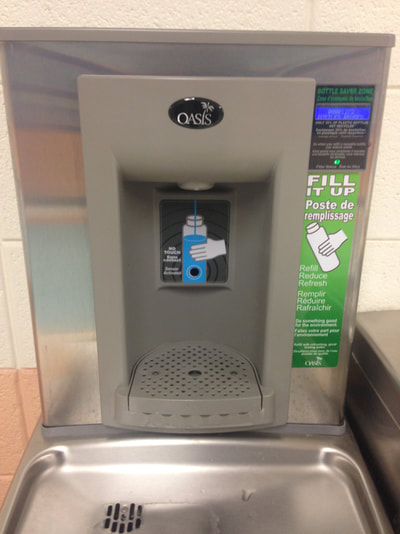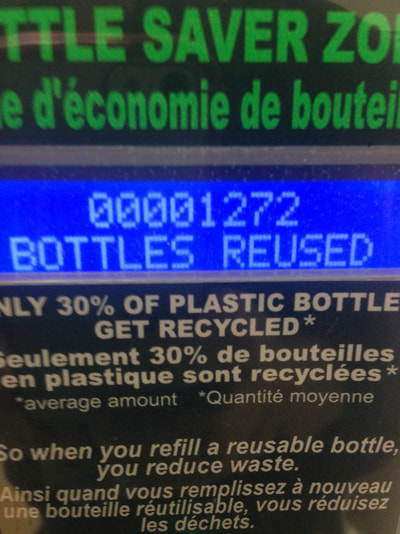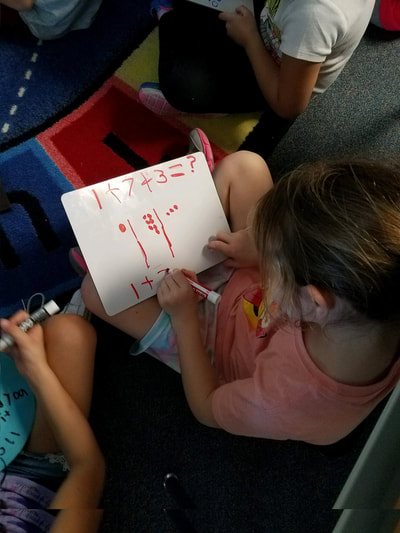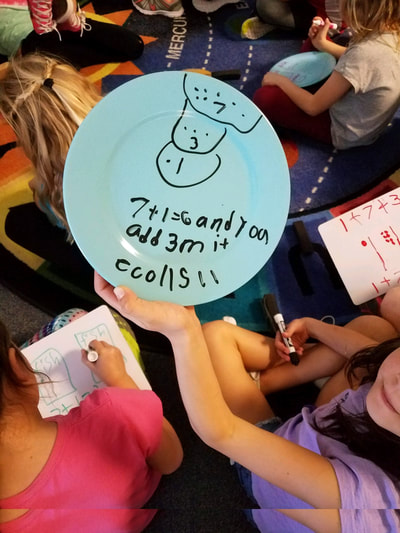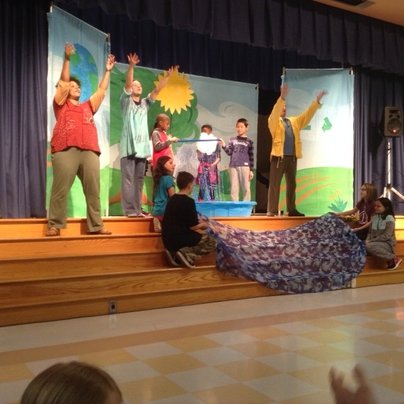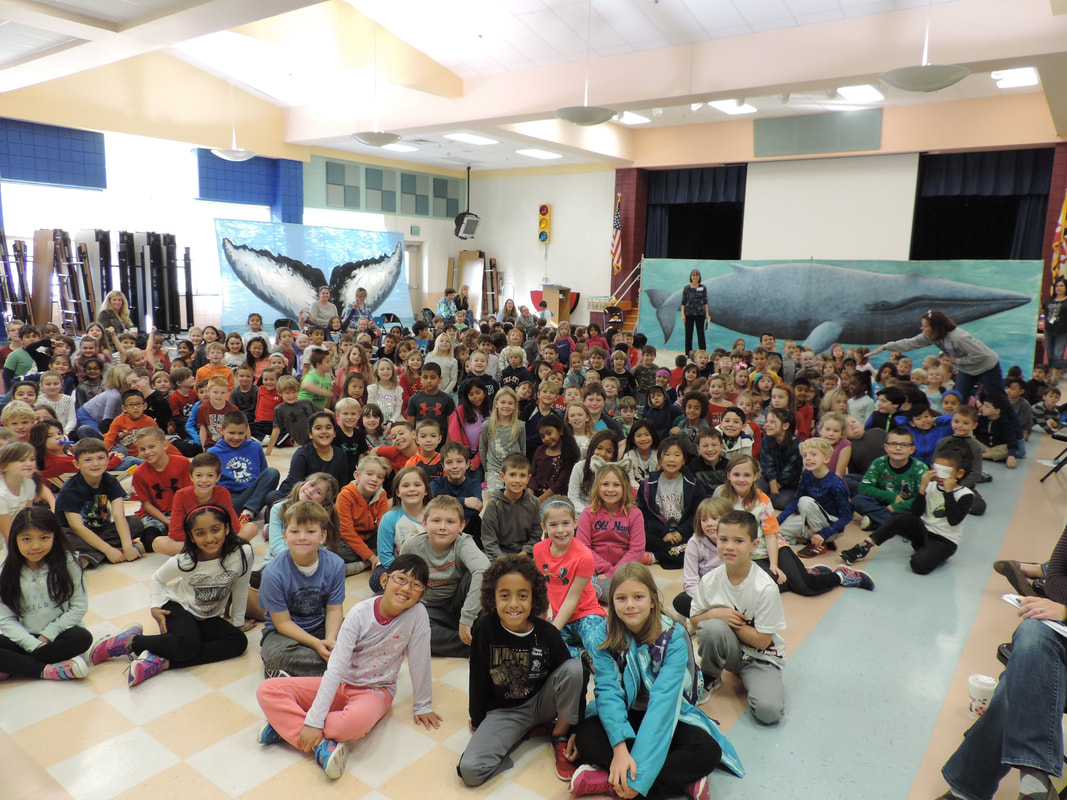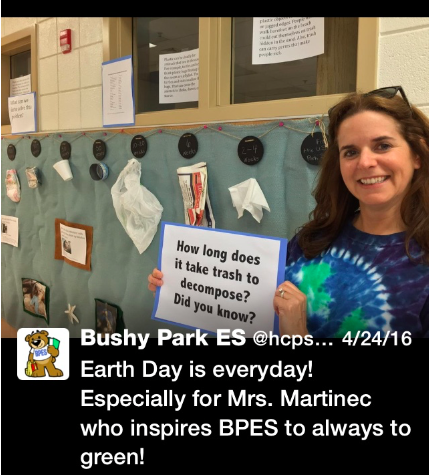Systematic Sustainability
Objective 1.1 Curriculum and Instruction :
Environmental Issue Instruction
Pre-kindergartenPrekindergarten students learn about taking care of the Earth and the importance of recycling. They create are from recycled materials (yearly since 2017-2022 60+ students).
|
Pre-kindergarten students learned about the importance of respecting our environment. They spent a week reading stories about ways to take care of the earth. Students spend two weeks learning about how humans effect the environment. They build a coral reef out of recycled materials (yearly 2017-2022 60+students).
|
|
36+ Prekindergarten students learn about the life cycle of the frog here at our annual trip to Clark's Elioak Farm on May each year. They also tour the petting farm to interact with animals to learn more about how animals change, move and grow. 2016, 2017, and soon 2018.
|
New curriculum introduces a six week unit on the environment. With objectives such as:
|
Kindergarten
Kindergarten takes time every year to discuss the importance of taking care of our Earth in April 2015, 2016, 2017.
Spring 2015, Twenty kindergarten students designed marble runs with recycled items.
Recycling is a coveted job in kindergarten.
First Grade
first graders were visited by Master Gardeners and had a lesson on Earthworms and how they help our soil.
Second Grade
Second grade Earth Day projects. Learning about the importance of taking care of our earth and making promises to keep it clean.
|
Fall 2016 Second grade students create land forms out of clay and sand. Then they will spray water on them to study the effects of erosion. ( 96 students).
|
February 2017 Mrs. Folmer's second graders learn more about hedgehogs by researching their habitats and and needs for survival. (23 students)
|
Third Grade
Third grade students participate in a weather study outside. October 2017, 45 students observing and drawing the weather, as well as using thermometers to measure temperature and compare temperature in sunny vs. shady places.
Third grade raises Monarch Butterflies
During the fourth quarter of science, students in third grade investigate a real life concern in science about the Monarch Butterflies. Their focus question is “What is happening to the Monarch Butterfly and how can we help?” In order for them to answer this question they conduct research about the Monarch Butterfly and its life cycle. They learn about what it takes to be a biologist and get to observe the life cycle of the Monarch along with a bush bean plant. They observe the physical and behavioral traits of both living organisms in the classroom. The teacher sets of an ecosystem to support both the Monarch and the bean plant. Students learn that Monarchs can only survive if they begin their life cycle on a milkweed plant. They observe the Monarch transforming from an egg, to larva, then pupa and finally to an adult butterfly. They also begin with a bean seed and observe how it goes through a life cycle to become an adult bean plant. As the two living organisms are transforming through their lifecycles, students compare the similarities and differences between the Monarch Butterfly and the bush bean plant life cycle. They record their observations daily. Through this living classroom experiment, the goal is to get the students to understand how different traits and the environment can have an impact on how different organisms develop and survive. Also, they observe how plants and animals have unique life cycles. (88 students)
Fourth Grade
Felipe's Block 1 Science class.
They were observing the transfer of light energy from the sun to an object.( 28 students) 5/7/2017
They were observing the transfer of light energy from the sun to an object.( 28 students) 5/7/2017
2015 Fourth grade students learn about erosion. They work with water, sand, and clay to show the effects of erosion on earth. (120 students)
Artist in residence - Fourth grade students learn about how Kevin Martin makes steel drums out of recycled oil drums.
Steel Drums Residency- Rockcreek Steel Band- Kevin Martin
9/25/17-9/29-17
Steel Drums Residency- Rockcreek Steel Band- Kevin Martin
9/25/17-9/29-17
Fourth Grade visits Robinson Nature Center spring 2015, 2016, 2017
Fifth Grade
5th grade CEU on Oceanography in which students completed research and created projects on topics such as: The Different Dangers of Jellyfish, Sperm Whales and facts about dolphins. These students were very excited for our guest author Jennifer O'Connell.
Technology
Science Fair
Here is just one example of a science fair project that focused on part of earth: soil.
Objective 1.2 Professional Development:
at least 10% of your staff engaged in EE PD
Mrs. Martinec participated in a Chesapeake Bay Foundation class in August 2017. City Plans to Lesson Plans:Environmental Literacy in Howard County through Thought and Action. We Explore Howard County’s connection to the Chesapeake Bay Watershed through hands on investigations of local natural and social systems.
Staff Development
|
| ||||||||||||||
Objective 1.3. School-Wide Environmental Behavior Changes:
Steps your school/school system taken to make your school green that DOES NOT involve students.
Bushy Park uses electronic communication to communicate with staff and the community. Messages from Administration are received electronically through A Walk in the Park. Also our PTA uses electronic communication The community receives information through the Bushy Tales.
| ||||||||
PTA, administration and parents work together to install 5 Water Stations adding these wonderful new filtered water dispensers to our already existing fountains. They actually count how many water bottles are being reused each time you fill your bottle. We are currently at 6,758 bottles reused as of 03/12/18.
| waterstations_proposal.pdf | |
| File Size: | 430 kb |
| File Type: | |
Many classrooms, as shown here by first grade, use alternatives to paper such as dry erase boards or plastic plates for math or writing. Many teachers use electronic messages to communicate with parents.
SURVEY SAYS : Most teachers are proactive in saving energy!
Objective 1.4. Celebration :
A whole school presentation or event acknowledging the Green School process
School wide Green celebration Assembly, Mother Earth and Me with the Smithsonian Discovery Theatre. The magic of earth science takes center stage in this fun, interactive Discovery Theater original as we explore the origins of our planet, the water cycle, and our important role in the ecosystem, as well as folklore about the “big blue marble” we call home. 4/6/17
| mother_earth_and_me_learning_guide.pdf | |
| File Size: | 1226 kb |
| File Type: | |
| mother_earth_and_me_standards_of_learning.pdf | |
| File Size: | 346 kb |
| File Type: | |
December 2017 - Children's author Jennifer O'Connell discusses the importance of keeping our oceans clean and free of debris to save our ocean creatures. Jennifer's non-fiction book, The Eye of the Whale – A Rescue Story, tells the true tale of a whale entanglement rescue and the humpback’s extraordinary behavior toward the divers who freed her. The book received the 2014 Green Earth Book Award, a Moonbeam Gold Award and was named a Maryland Blue Crab Honor Book, among other honors. To research the book, Jennifer traveled to San Francisco, were she interviewed crew members and rode the rescue boat, Superfish, out into the Pacific Ocean to the area where the rescue took place. This experience fueled her inspiration as she created the images and words of this remarkable story. (633 students)
Selfies for the Sea Photo booth at Spring Fling
Student created trash decomposition timeline. Students came in before school to create this timeline.
